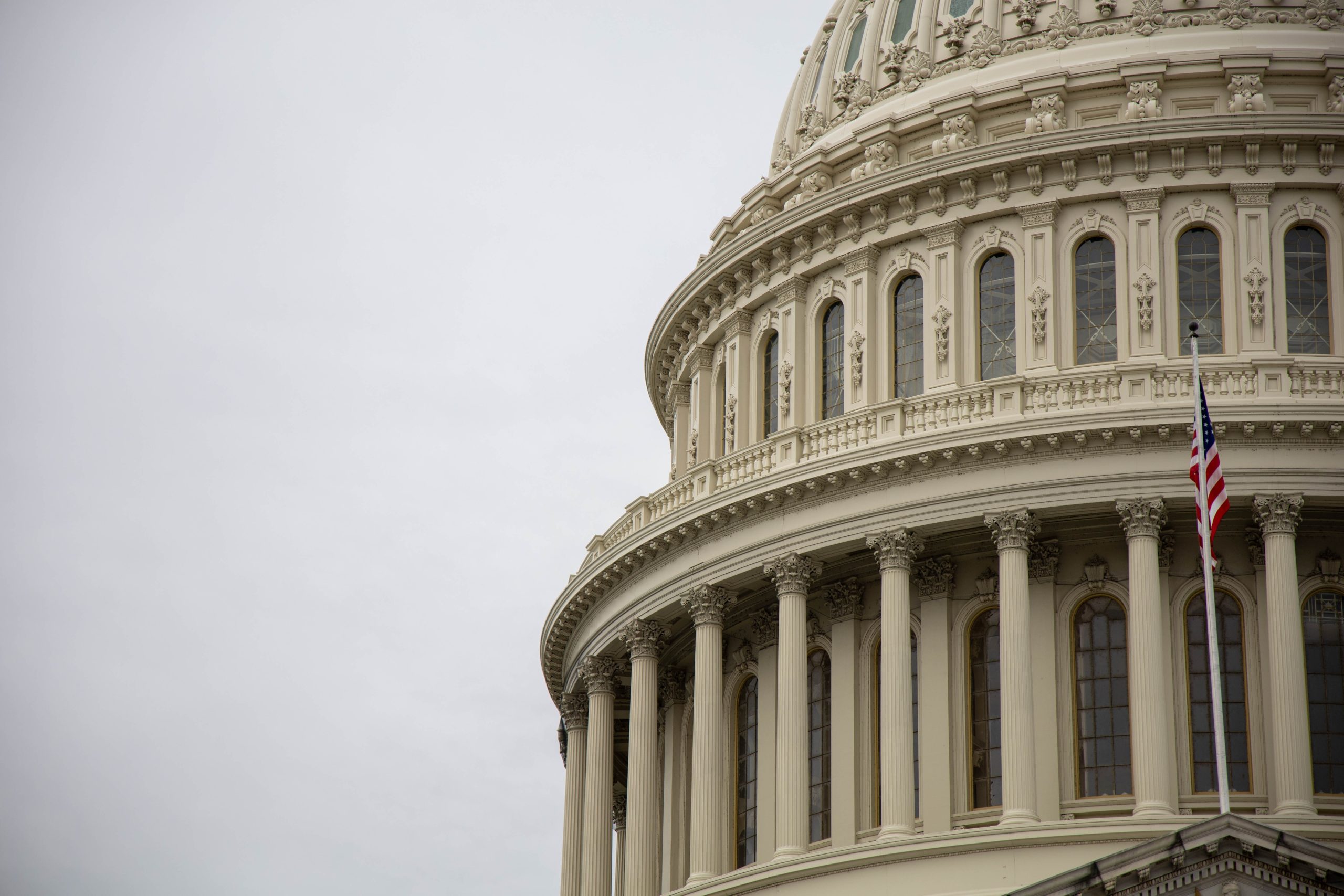In today’s interconnected world, economic trends can quickly ripple across borders and impact nations far beyond their origin. As the global economy continues to slow down, all eyes are on China’s first-quarter GDP growth as a bellwether for what lies ahead. But what do these numbers actually mean? And how does this reflect on the state of the world’s economy? In this blog post, we’ll dive into the details to uncover what China’s GDP reveals about current global economic trends and explore implications for our collective future.
The global economy is slowing down
The global economy has been showing signs of slowing down for some time now. In the wake of a decade-long bull market, experts have begun to express concerns about an impending recession. While there are many factors at play, one key challenge is a lack of consumer demand.
Consumers around the world have become increasingly cautious in their spending habits, holding onto cash and delaying big purchases where possible. This trend has been particularly pronounced in major economies like the US and China, which are both grappling with trade tensions that could further exacerbate economic challenges.
Another issue is rising debt levels among governments worldwide. As countries continue to borrow more money to fund infrastructure projects and social programs, they risk overburdening their budgets and potentially sparking a financial crisis.
Geopolitical instability has also played a role in creating uncertainty across markets globally. Ongoing conflicts between nations such as North Korea and Iran could lead to an escalation of tensions that would negatively impact worldwide economic growth.
As we move forward into uncertain times, it’s important for businesses and individuals alike to remain vigilant about potential threats while also identifying opportunities for growth amidst shifting economic landscapes.
China’s GDP growth is reflective of this
China’s GDP growth is reflective of the slowing global economy. In the first quarter of 2019, China’s GDP grew by 6.4%, which is a decrease from the previous year’s growth rate of 6.8%. While this may seem like a small change, it is significant when considering that China has been one of the fastest-growing economies in recent years.
The slowdown in China’s economic growth can be attributed to several factors. One major factor is the ongoing trade war with the United States, which has resulted in tariffs and other restrictions on Chinese goods. This has led to decreased demand for Chinese products and reduced exports.
Another factor contributing to China’s slower GDP growth is its efforts to reduce debt levels and curb risky lending practices. These measures have had an impact on consumer spending as well as investment by businesses.
Despite these challenges, there are still areas of strength within China’s economy. For example, consumption remains robust thanks to rising wages and government stimulus measures aimed at boosting domestic spending.
While China’s slower GDP growth may be concerning for some investors and economists, it also presents opportunities for new industries and innovation to emerge within the country as it looks towards future development strategies.
Other economic indicators point to a slowdown as well
While China’s first-quarter GDP growth has been lower than expected, it is not the only economic indicator pointing to a global slowdown. In fact, several other factors suggest that the overall state of the world economy may be slowing down.
One such factor is declining trade volumes. The volume of international trade has been decreasing in recent months due to rising protectionism and tensions between major economies like the United States and China. Companies are also holding back on investments as they wait for clarity on trade policies and future economic conditions.
Moreover, consumer confidence levels have dipped in multiple countries around the globe. This can lead to decreased spending, which can ultimately affect businesses’ sales figures and overall profits.
Another concerning trend is increasing debt levels among both developed and developing nations. As interest rates rise, servicing this debt becomes more difficult, putting pressure on governments worldwide.
These indicators suggest that there may be some challenges ahead for the global economy. While each country will continue to face its own unique set of circumstances and challenges moving forward, policymakers must work together globally towards sustainable solutions that promote long-term growth while acknowledging current headwinds facing our economies today.
What this means for the future
Looking to the future, it seems that the global economy will continue to slow down. Experts predict a decrease in trade and investment levels, as well as an increase in market volatility.
For China specifically, this slowdown may mean a shift towards a more service-based economy rather than relying heavily on manufacturing and exports. This could result in job losses for those working in traditional industries but also create new opportunities for those with skills suited to the service sector.
Additionally, governments around the world may need to consider implementing policies aimed at stimulating economic growth. Fiscal policies like tax cuts or increased government spending can be used alongside monetary policies such as lower interest rates or quantitative easing.
While the current state of the global economy may seem worrisome, there are steps that can be taken both by individuals and governments alike to mitigate its impact and pave the way for continued economic prosperity in the future.
Conclusion
China’s first-quarter GDP growth has reflected the global economic slowdown that has been occurring. While there are some positive indicators in terms of domestic consumption and imports, the overall picture is still one of a decelerating economy. This trend is not unique to China, as other major economies such as Europe and Japan are also experiencing slower growth rates.
The current trade tensions between China and the United States have only added to this uncertainty, with potential impacts on global supply chains and investment flows. It remains to be seen how these issues will play out over the rest of the year.
As investors and policymakers look ahead, they will need to keep a close eye on economic data releases from around the world. By analyzing these trends carefully, it may be possible to identify opportunities for growth or potential risks that could impact financial markets.
It is clear that we are living in an era of heightened economic uncertainty. However, by remaining vigilant and staying informed about emerging trends in different parts of the world, we can take steps to navigate through these challenging times successfully.










